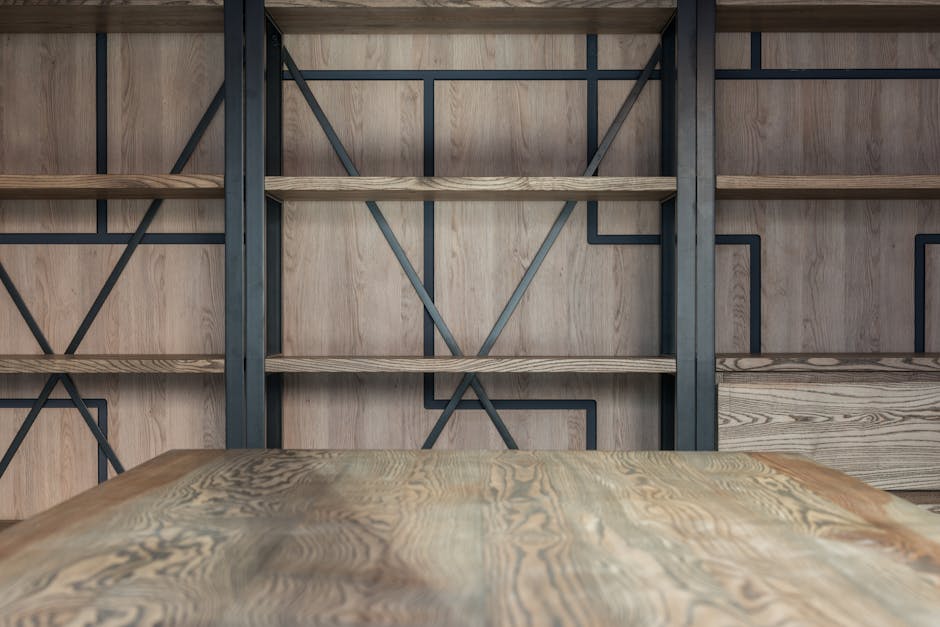Architecture, at its core, is far more than the mere arrangement of bricks and mortar. It’s a complex interplay of form, function, and the environment in which it exists. A truly successful architectural design transcends aesthetic considerations alone; it deeply engages with its context, reflecting and responding to the social, cultural, environmental, and historical narratives that shape its surroundings. Understanding this intricate relationship is paramount for creating buildings and spaces that are not only visually pleasing but also meaningful, sustainable, and ultimately, successful.
Environmental context forms a crucial foundation for responsible architectural practice. Climatic conditions dictate material selection, building orientation, and passive design strategies. A building designed for a harsh desert climate will differ radically from one situated in a temperate rainforest. Considerations such as solar radiation, wind patterns, rainfall, and temperature extremes directly influence the building’s form, its energy efficiency, and its overall impact on the surrounding ecosystem. Ignoring these factors leads to inefficient, uncomfortable, and even environmentally damaging structures. Sustainable design practices, increasingly central to modern architecture, are deeply rooted in a thorough understanding of the local environment. This encompasses not only the macro-climate but also microclimates, local vegetation, and prevailing wind patterns all of which play a role in shaping building performance and minimizing environmental impact.
Beyond the physical environment, social and cultural contexts profoundly shape architectural design. A community’s social structures, its history, and its cultural values all contribute to the character and function of its buildings. In densely populated urban areas, architectural solutions must address issues of accessibility, density, and community interaction. Conversely, in rural contexts, designs might prioritize integration with the natural landscape and a sense of isolation and tranquility. Respecting and responding to these nuances is crucial for creating architecture that resonates with its inhabitants and strengthens the social fabric of a community. This involves engaging with local communities, understanding their needs and aspirations, and incorporating their input into the design process. Ignoring these cultural aspects can lead to insensitive, even offensive designs, which fail to connect with the community and ultimately fall short of their intended purpose.
Historical context is equally important. Buildings are rarely isolated entities; they exist within a larger historical narrative, often forming part of a continuous evolution of architectural styles and building techniques. Understanding the history of a site, the existing building stock, and the evolution of architectural trends in a particular location informs design choices and allows architects to contribute meaningfully to the ongoing development of the built environment. Sensitive interventions within historical urban fabric require a careful understanding of the past to preserve significant elements while accommodating contemporary needs. This is not merely about stylistic imitation but rather about comprehending the underlying principles and rationale behind past design decisions, adapting them to present-day requirements, and ensuring a harmonious integration of old and new.
Furthermore, the economic context profoundly shapes architectural design. Budgetary constraints, material availability, and construction methods all influence design decisions. Architects must navigate these limitations creatively and efficiently, finding innovative solutions that balance functionality, aesthetics, and cost-effectiveness. Understanding the economic realities of a project from the client’s financial capacity to the prevailing market conditions is essential for creating a feasible and sustainable design. This awareness necessitates a holistic approach that integrates design with project management, ensuring the project’s viability from conception to completion.
The program, or the intended use of the building, is another critical aspect of contextual understanding. A residential building will require different design considerations compared to a commercial office space or a public library. The specific needs and activities that will take place within a building dictate its spatial organization, material choices, and technological requirements. Clearly defining the program and understanding the users’ needs and expectations are paramount for creating functional and user-friendly spaces. Detailed analysis of the intended user group, their behavioral patterns, and their interaction with the built environment forms the backbone of effective program planning and design.
Finally, technological context plays a significant role. Advances in technology constantly reshape the possibilities of architectural design. New materials, construction techniques, and digital tools offer unprecedented opportunities for innovation and sustainability. Understanding the latest advancements and their potential applications is vital for architects to push the boundaries of their craft and create more efficient, resilient, and technologically sophisticated buildings. This includes integrating smart building technologies, exploring advanced materials with improved performance characteristics, and utilizing digital modeling tools for better design visualization and analysis.
In conclusion, understanding context in architecture is not simply a matter of good practice; it is fundamental to the creation of successful, meaningful, and sustainable buildings. By deeply engaging with the environmental, social, cultural, historical, economic, programmatic, and technological contexts of a project, architects can design buildings that are not only aesthetically pleasing but also effectively respond to the specific needs and opportunities of their location and time. Ignoring these contextual factors risks creating architecture that is irrelevant, ineffective, and ultimately, a failure. A truly successful architect is a master of context, skillfully weaving together these diverse threads to create buildings that enrich the lives of their users and contribute meaningfully to the wider world.
